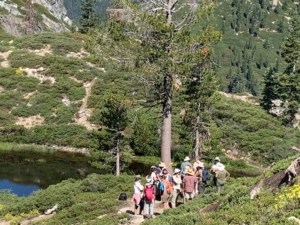Little Castle Lake Permanently Protected
June 25, 2021 – Our 2019 purchase of the 637-acre Little Castle Lake property in California represented the largest remaining private parcel in the Castle Crags Wilderness. This land straddles the wilderness boundary and includes a portion of Castle Lake and all of Little Castle Lake.
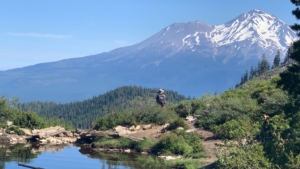
A hiker pauses at Heart Lake to admire Mt. Shasta
To people familiar with this area, this purchase meant the protection of the hiking trail to Heart Lake, and access to lake activities, fishing and hunting. It also meant the property would be protected from logging and development, which would have threatened old growth forest, critical habitat and a major source of clean water for California and the west.
We are thrilled to tell you that this property has officially transferred to public ownership through the Shasta-Trinity National Forest. We are also grateful for the help of our project partners at the Siskiyou Land Trust, Mt. Shasta Trails Association, Conservation Alliance and U.S. Forest Service, who contributed to the success of this project.
The Castle Crags Wilderness encompasses more than 12,000 acres and is located at the south end of the 11 million acre Klamath Siskiyou wild area that covers northern California and southern Oregon and connects the Pacific Ocean to the Sierra through six wilderness areas. In June 2018, the Trust transferred 1,256 acres of the Crags to the Shasta-Trinity National Forest, opening access from the east to trails and world class rock climbing.
If you have the opportunity, we encourage you to visit this beautiful region of California and experience the new official trail leading from Castle Lake to Heart Lake.
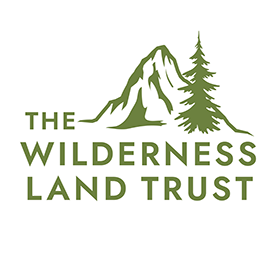
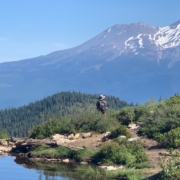
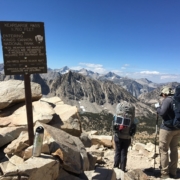
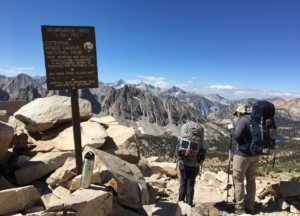
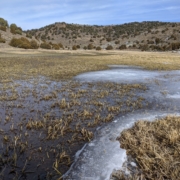
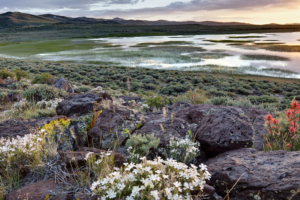
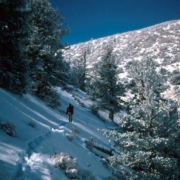
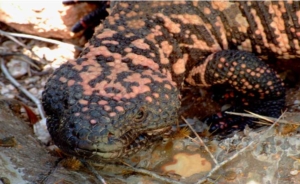
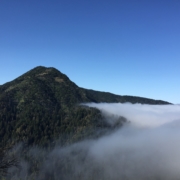
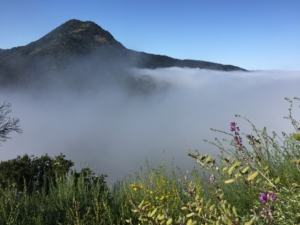
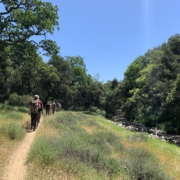
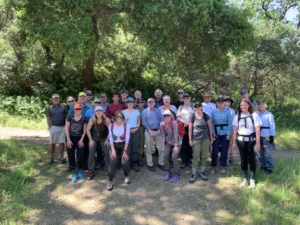
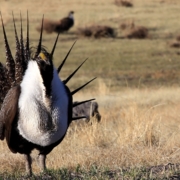
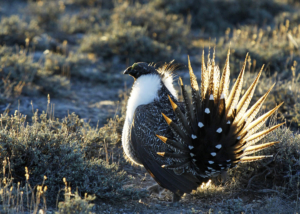
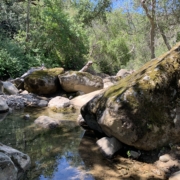
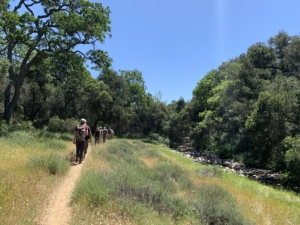
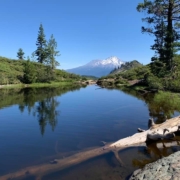
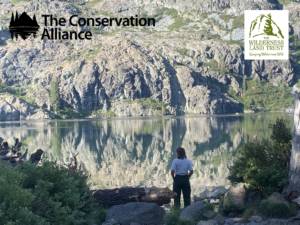 major source of clean water. Our purchase also protects all of Little Castle Lake, part of Castle Lake, the hiking trail to Heart Lake, and access to lake activities, fishing and hunting.
major source of clean water. Our purchase also protects all of Little Castle Lake, part of Castle Lake, the hiking trail to Heart Lake, and access to lake activities, fishing and hunting.